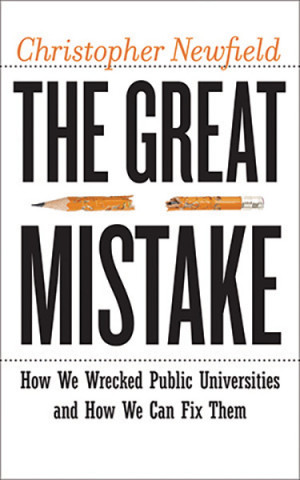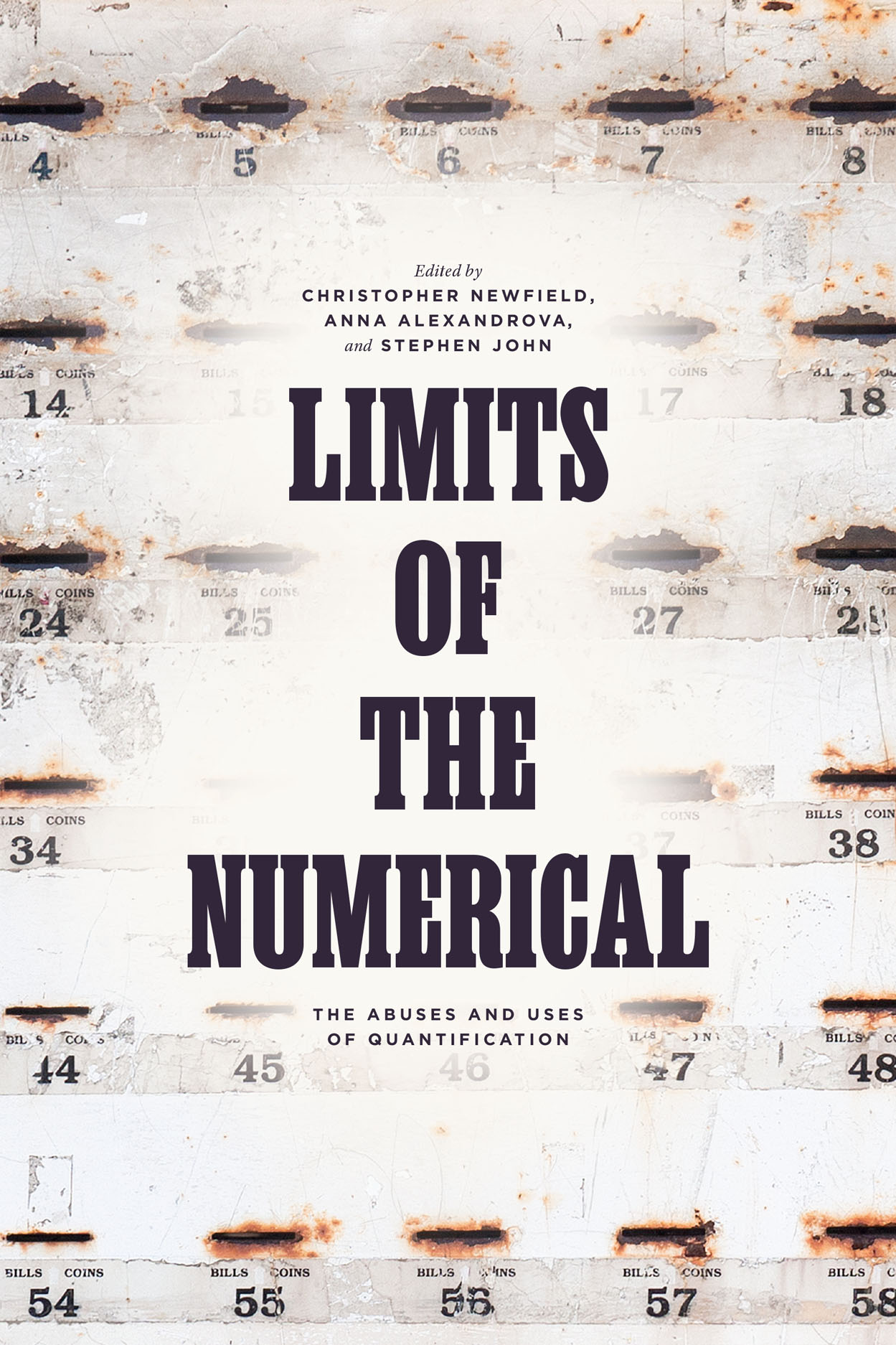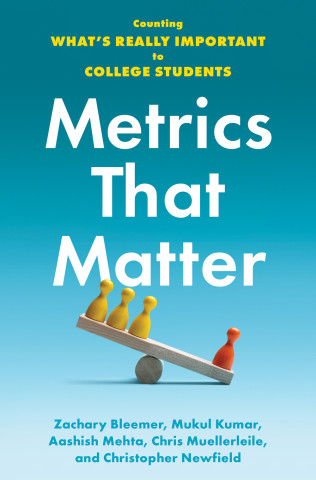I don't like throwing that word around but I don't see any way around it here, having just read today's Funding Strategies Working Group (FSWG) report. Its genuine positive contributions are outweighed by recommendations of large tuition increases that embrace the current--failing-- higher education funding model without seriously considering the likely negative effects.
A hasty overview: this section is 29 pages long, proceeds through dozens of bullet point observations, and offers 6 recommendations plus 3 others for "longer-term" consideration. As I'd feared yesterday, funding strategies are identified without discussion of educational goals.
The first recommendation has become UC apple pie: build grass-roots support for UC as a "major priority for state funding" (p 73). I will return to the question of whether the effort described here could be successful.
The second is also fine - more administrative efficiency - but its call for best practices does not identify or prioritize recommendations in numerous previous efficiency reports. In the apparent absence of clear ideas of its own, FSWG tosses the ball to the latest in a long line of consultants - Berkeley's Bain Consulting. Since UCOP has recently shown that about 3/4ths of UC employees are administrative staff, we really should be able to do much better than this. Savings on the system level are not to be expected soon.
Recommendations 3 and 4 are very important: revise practice and policy on charging indirect cost recovery (ICR) for non-federally funded research, and improve ICR rates with federal research. Various Senate committees have been trying to understand research losses for at least a decade, and FSWG offers the first semi-official UCOP estimates that I have seen for how far short UC falls in covering the full costs of research.
Usefully, the report acknowledges that UC is obligated to obtain "total cost recovery," and also acknowledges that it does not do this. In a major statement, the FSWG declares that ICR practices "are currently leading to the use of core-funds to subsidize this research in the range of more than $300 million per year" (p 84). It notes that federal grant ICR falls sort of that for peers, and that an increase of 5% would recover $150 million per year. Calculations that Gerald Barnett and I have done suggest that these are low estimates, but they total to more than half the over $800 million recent cut in UC state funding. The Report usefully notes that faculty misunderstanding remains a major obstacle to reform. Research is a vital public good and must be properly supported, but should be supported by sponsors, as is required by policy.
Recommendations 5 and 6 are to replace student fees with tuition and to increase enrollment of non-resident students. The statements are mostly autopilot, made more annoying by the absence of any referencing or discussion of the large literature on declining access and attainment under the widespread "high tuition / high aid" model (I recently referenced some major work, which is not hard to find); and by an almost nonexistent acknowledgment of the need simultaneously to "protec[t] racial diversity" (p 93), which hardly does justice to the serious problems created by, for example, the pitiful proportion of African American students at the San Diego campus, among others. The University of Michigan continues to be touted as an exemplar, although its low-income student population as measured by Pell Grant eligibility is 1/3rd that of UC Riverside (p 96).
What is new are concrete tuition dollar amounts and revenues under various scenarios (pp 89-92). The "low" increases (5% annually) get resident undergrads to $13,148 in 2015-16, and nonresidents to $36,027. "Aggressive" increases take resident undergrads to $20,721 by 2015-16, a further doubling of next year's fees, and nonresidents to nearly $40,000.
So these eye-popping tuition hikes that erode if they don't wholly eliminate the public character of UC -- at least they would solve our financial problems, right? Wrong. The "low" increases net $445 million over five years, or about 1/8th per year of the $800 million cut. The "aggressive" increases net $1.63 billion over five years, or a bit under half of that cut per year. The same is true for the non-resident tuition plan - a significant shift away from the resident population for $174 million a year at best, and I've commented elsewhere on the problems with this idea at its best-case campus, UCB.
Huge tuition hikes are supposed to end the "death-spiral" that Regent Gould described at the first UCOF meeting, but their established track record is poor. During the three decades in which high-tuition has formed the core of the American funding model for higher ed, and created widespread tuition envy among public university officials, the U.S. has lost its previous large lead over the rest of the world in college attainment, and has now produced the first generation that is less well educated than the generation before. One reason for this is simple: the post-war boom in attainment depended on mass access, and mass access came from low- to no-tuition schemes in public universities. If you look at where disadvantaged students preponderantly attend college, you can see that it still does.
The FSWG proposes the abandonment of that model for the sake of revenues that are not sufficient to maintain educational quality, much less access. Acknowledging this, it calls simultaneously for a restoration of public funding, without acknowledging that the power to raise tuition regularly and faster than both inflation and economic growth is the main reason given by elected officials for the reduction of public funding over twenty years. In California, the Legislative Analyst's Office recommended against any increase in state funding this year (as proposed by the Governor) precisely on the grounds that tuition increases are a legitimate source of revenue.
As tuition goes up, state funding goes down -- this is the history, and if we follow the FSWG, this is our future. Not to mince words, this doesn't sound like the cure for the death spiral, but the death spiral itself.
Overwhelming votes
5 hours ago




1 comments:
Here is the whole document:
http://californiaprof.blogspot.com/2010/03/ucof-recommendations.html
Join the Conversation
Note: Firefox is occasionally incompatible with our comments section. We apologize for the inconvenience.